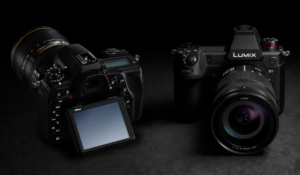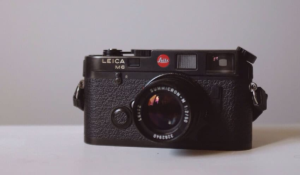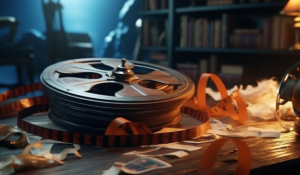Understanding Focal Length in Photography
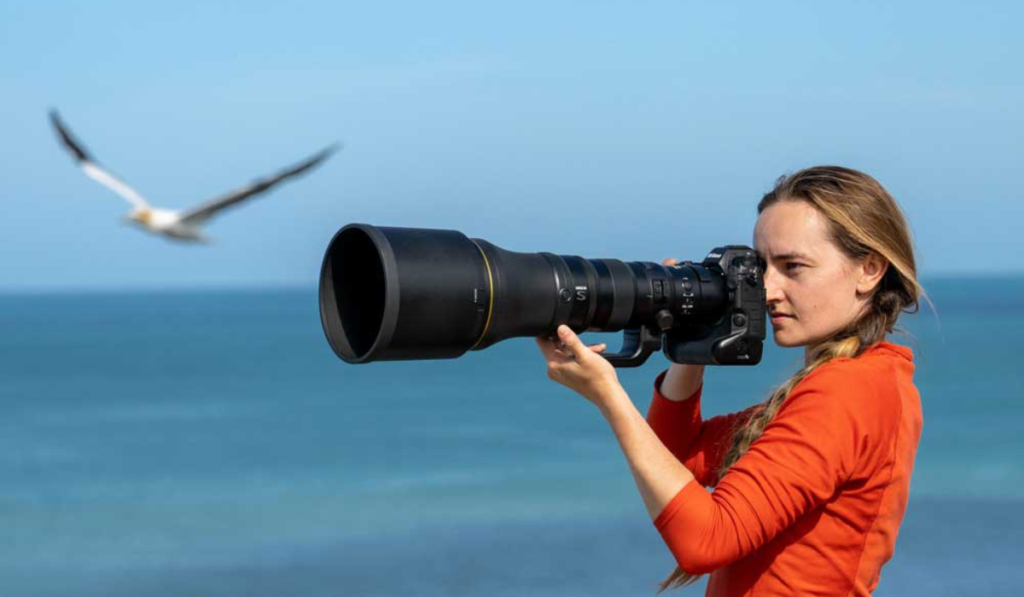
Understanding focal length in the world of photography is like wielding an incredibly powerful tool. It unlocks endless possibilities for creativity. No matter if you are a professional photographer or a novice enthusiast, understanding focal length will help you capture stunning images and tell captivating stories. What is focal length and why is it important? We’ll explore this fascinating aspect to photography in order to discover its mysteries and reveal its potential.
What is the Focal Length of a Lens?
In simple terms, focal length is the distance between the optical center of a lens and the image plane of the camera when the focus is at infinity. This distance, which is usually measured in millimeters or mm, is an important characteristic of all lenses. Contrary to common misconceptions, focal length does not refer to the actual length of the lens but is an important optical property which determines the way images are captured.
Impact on Magnification and Angle of View
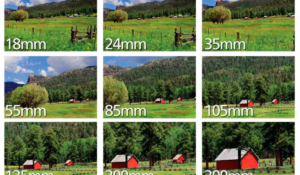
The influence of focal length on the lens’ magnification and angle of view is one of its most important effects. A shorter focal length results in a wider angle of view. This allows photographers to capture expansive landscapes with sweeping perspectives. Longer focal lengths, on the other hand, narrow the angle of vision and increase magnification. They bring distant subjects closer to the camera and magnify them.
Prime vs. Zoom Lenses
Prime and zoom lenses are the two main categories of lenses. Prime lenses have fixed focal lengths and offer simplicity, as well as superior optical quality. The challenge of a fixed focal length encourages creativity and helps photographers understand composition. Zoom lenses offer variable focal lengths and versatility, without sacrificing quality. They may offer more flexibility but they are bulkier and slower compared to primes.
Category of focal lengths
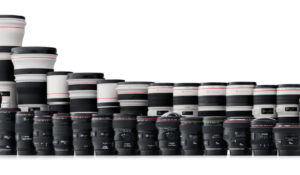
There are many different focal lengths of lenses, and each serves a specific purpose in photography.
- Ultra-wide lenses are ideal for capturing vast landscapes and architectural wonders. However, they may cause distortion.
- Wide-angle lenses: These lenses are ideal for landscapes and street photography. They strike a good balance between distortion and breadth.
- Standard lenses (35mm-70mm): They mimic the human eye’s perspective and are versatile options for everyday photography.
- Telephoto lenses (70mm-300mm): These lenses excel at capturing distant objects, making them essential for wildlife, sport, and portrait photography.
- Super-telephoto lens (greater than 300mm): Used for extreme magnification, detail and often in wildlife and sport photography.
Applications of different focal lengths
Understanding how different focal lengths are used is essential to selecting the best lens for your photographic project. If you want to capture landscapes or portraits that are intimate, or sports shots with lots of action, selecting the right focal length is crucial.
Distortion and compression
When selecting lenses, it’s important to take into account distortion and compression. This is especially true at extreme focal lengths. Wide-angle lenses can cause distortion by bending lines and distorting the proportions. Telephoto lenses compress perspective to make distant objects appear closer. These optical effects add depth and dimension, forming the visual story.
Depth of field considerations
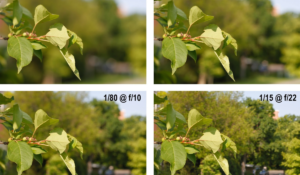
The focal length is a crucial factor in determining depth of field, or the range of distances in which objects are sharp enough to be acceptable. The depth of the field is increased by using shorter focal lengths. This allows for a greater amount of the scene to be in focus. Longer focal lengths create a shallower depth, which can produce bokeh and blurred backgrounds.
The conclusion of the article is:
Understanding focal length can unlock a wealth of creative possibilities. Understanding how focal length affects composition, perspective and storytelling allows photographers to use their lenses with precision, intent and capture images that are memorable. The right focal length will elevate your photography, whether you are exploring the vast expanses of a landscape subject or capturing nuanced expressions in a portrait. So embrace the power and experiment with different focal lengths. Let your creativity soar and embark on an adventure of visual discovery.

